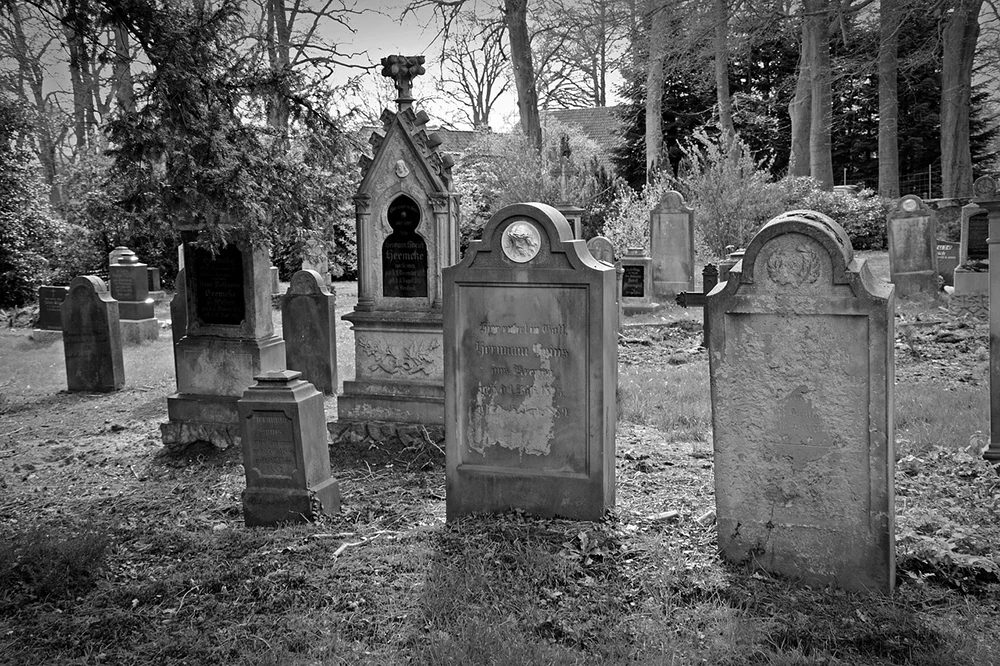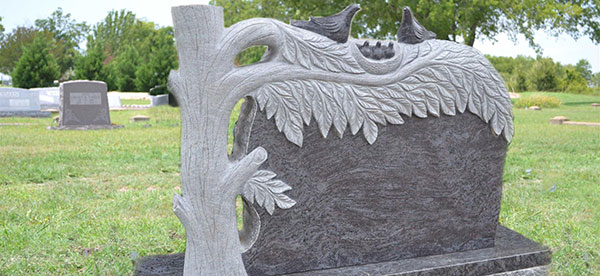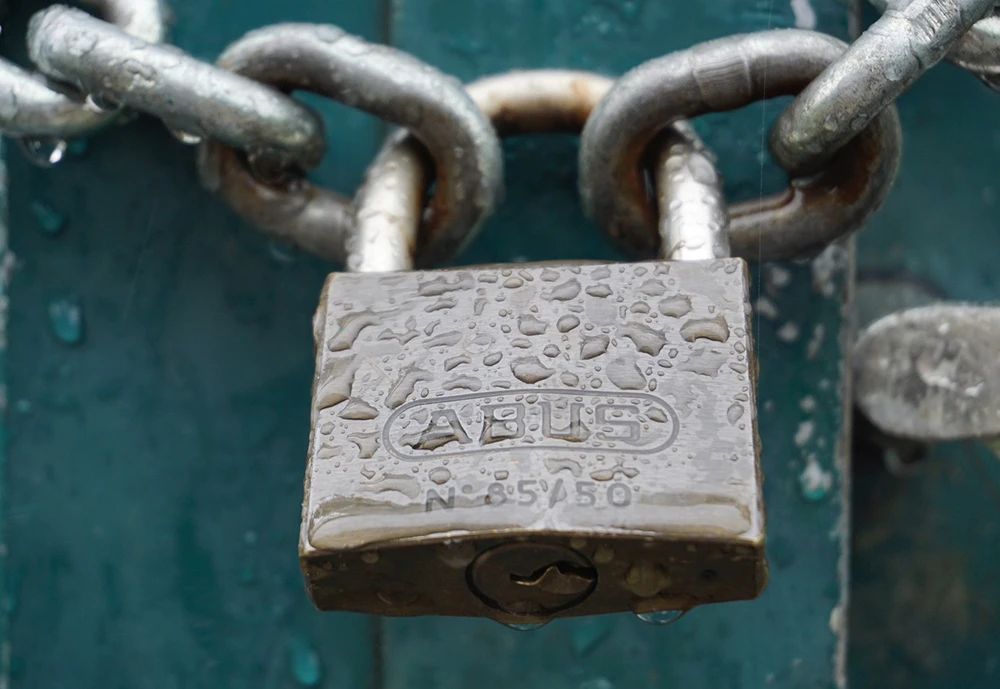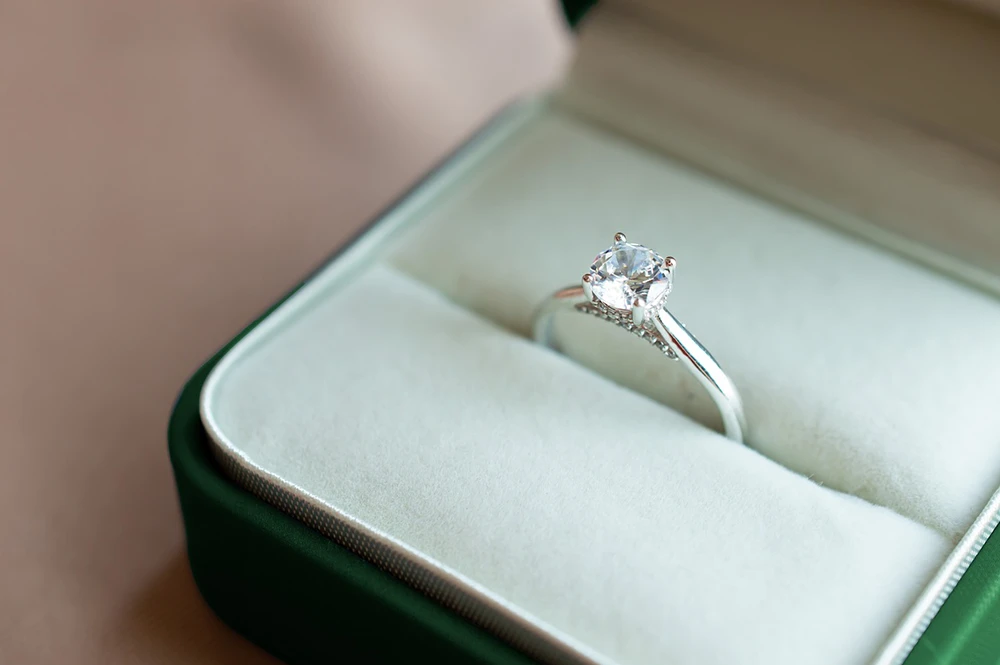Permanent life insurance can be a great way to ensure that your beneficiaries do not have to pay for extra costs once you have passed away.
In comparison to term life insurance plans, a permanent life insurance policy may enable your beneficiaries to receive more money than you put into the policy, the premiums may be lower if the policy was purchased earlier in life versus buying a new term life insurance policy, and you have access to your Cash Value if needed.
This type of insurance is the longest lasting as it covers you for the entirety of your life without having to worry about an expiration date. This helps to ensure that your family receives money when you die, regardless of when it is.
The Basics of Permanent Life Insurance

Similar to term insurance, your beneficiaries or family members will receive a set amount of money when you die, this is referred to as a death benefit.
Permanent insurance companies also generally provide a cash value that will increase over the years that allows you to invest in it or borrow against it.
The only detriment is that if you take a loan out of your permanent life insurance, it will increase your interest rate and reduce the amount of money that your beneficiaries or family members will receive once you pass away.
Though, these loans are completely tax-free, allowing you to withdraw as much money as you want without being penalized during tax season.
Cashing Out Your Permanent Policy
Another option for individuals who purchase a permanent life insurance policy, like a Whole Life or Universal Life insurance, is “cashing it out” which is another way of saying withdrawing the cash value out of the policy and terminating it.
Permanent policies such as Whole Life and Universal Life have a special feature called Cash Value. When you pay your premium there are 3 different areas your money goes:
- Part of the money goes towards paying for the actual life insurance
- Part of the money goes towards paying policy fees
- Part of the money goes into a special account where the cash inside can earn interest and dividends.
The fees are greatest in the first few years of a policy so the cash value starts accumulating very slowly in the beginning.
After a few years, however, your money inside the Cash Value is greater than the total amount of money you’ve paid into the policy.
To see exactly how much money you currently have in your permanent life insurance policy or to see the projected growth of your Cash Value, refer to your annual renewal documents. Every year on your policy’s anniversary, each life insurance company is required to send you a report on how your policy has been performing.
If needed, this money can help to provide you with financial assistance in the event of an emergency without having to speak with a third-party (for example a bank) in regards to borrowing a loan.
The Premiums of a Permanent Policy
Much like term life insurance policies, you will be required to pay a premium on your permanent policy.
In comparison to term life insurance, permanent insurance policies have higher premiums initially. In the long-run, however, they are typically less expensive.
The cost of a term life insurance policy late in life (70-85), when coverage is needed most, is unaffordable to most people, if coverage can be obtained at all. If you develop any health conditions, depending on the condition the policy can either be Rated, meaning you will be charged extra, or coverage may be unavailable to you.
When comparing the 2 different policies; term vs. permanent, calculate the total cost over 20 years for the term policy. How much money will you have paid into the policy over the entire 20 years.
Actual Example taken directly from actual life insurance quotes I received. This is for a 50 Year old Male, Rated Standard Non-Tobacco.
i.e. $100,000 TERM LIFE INSURANCE: The policy premium is $60 per month x 12 months x 20 years = $14,400 total paid into policy
Next, calculate the total cost over 20 years for the permanent. THEN subtract the amount of Cash Value you have inside of the permanent policy.
i.e. $100,000 PERMANENT WHOLE LIFE INSURANCE: The policy premium is $200 per month x 12 months x 20 years = $48,000 minus Cash Value of $44,000 = $4,000
Which option would you prefer?











